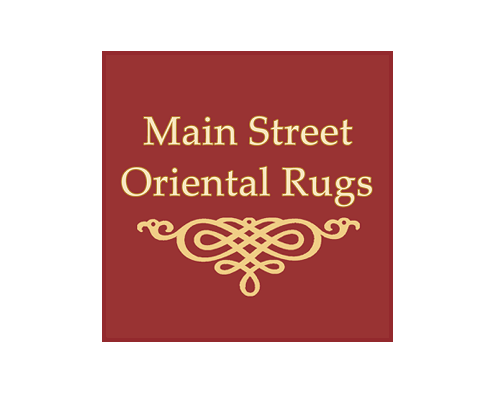Carpet Weaving is most predominant in India and Iran. Both of these regions have a strong hold on the Persian and Persian-designed rug industry. However, both have had to adapt to economic crises at home and abroad.
Carpet weaving in India has been around for hundreds of years. The two main carpet weaving districts are the city of Varanasi ,which is located in east-central India, and Jaipur, which is located southwest of Delhi. The weavers use Persian designs in their carpets. The most prominent are: Mahal, Herez, Bijar, Tabriz, Kashan, Sarouk, Aubusson, and Shirvan. The recent economic crisis has affected the carpet weavers in India as wages for them are in a slump.
Carpet weaving in Iran has been a huge industry as it has been the source of designs. Because of this, Iran has gotten the reputation for being the best in Oriental rugs. The production of carpets in Iran range from Shiraz, Kurd, Hamaden, and Herez to finer qualities such as Tabriz and Nain. Persian rug prices were at an all time high in the early 1980's when it was believed that the Iranian Revolution would discontinue carpet exports. However, since then prices dropped and for quite some time so did demand which led a lot of weavers in Iran to abandon the trade. But recently, weavers have gone back to their profession as there has been a surge in demand and a huge decrease in the value of Iran's currency the rial. Iranian producers still claim that Iran is the largest exporter of Oriental rugs with over 70 percent of its exports landing in over 50 countries.
The price of oriental rugs have not increased over the past few years.


